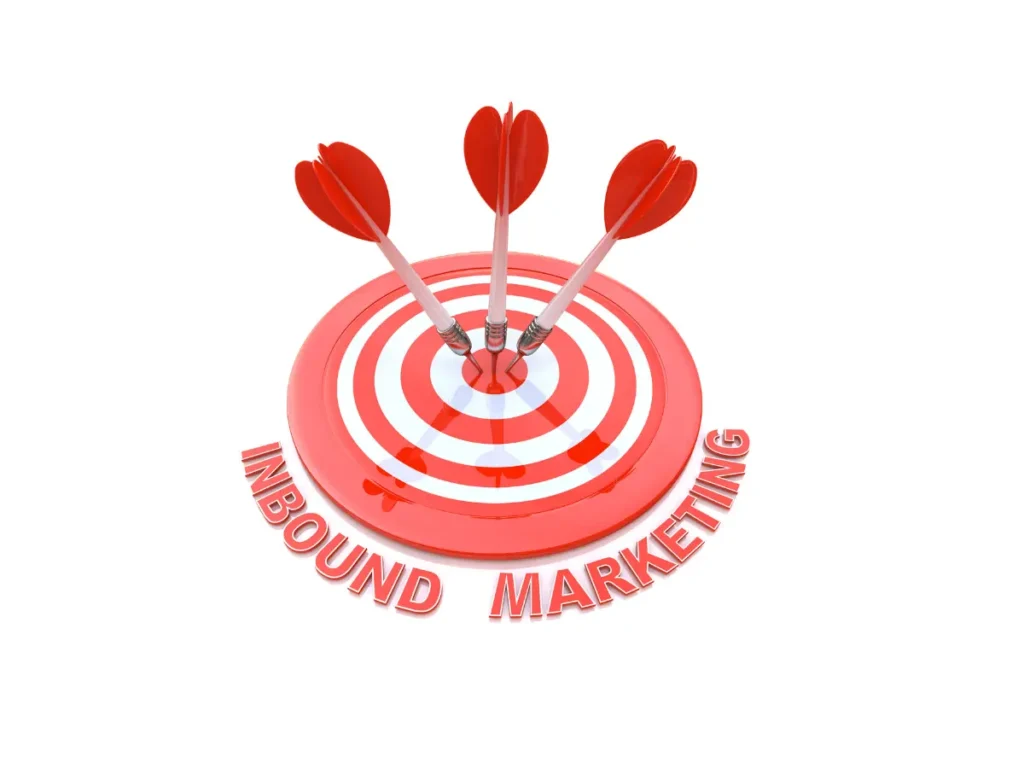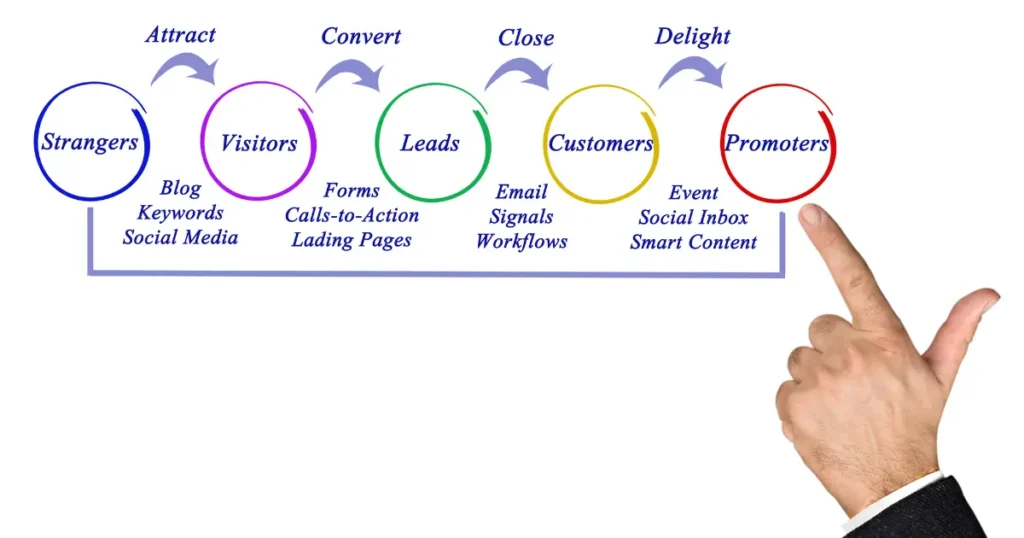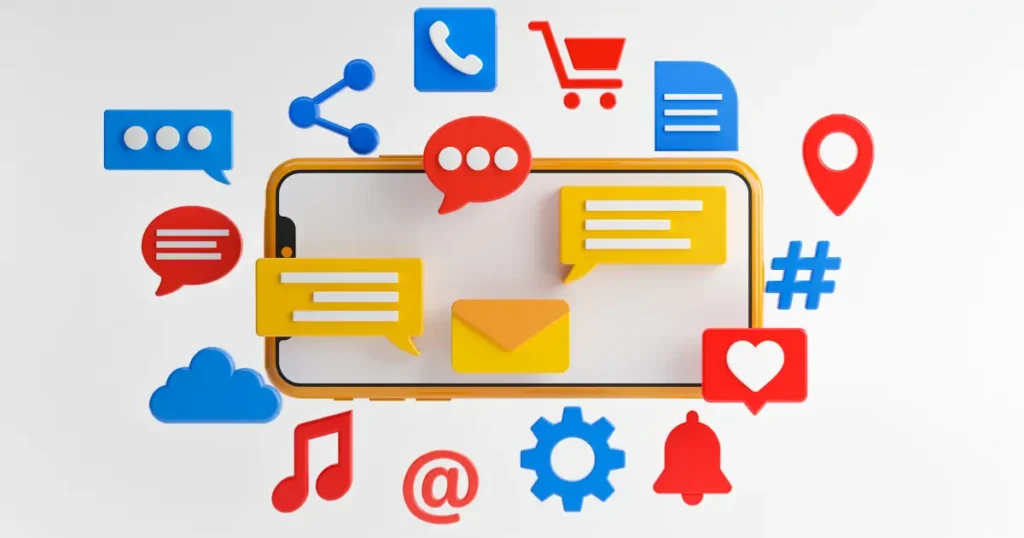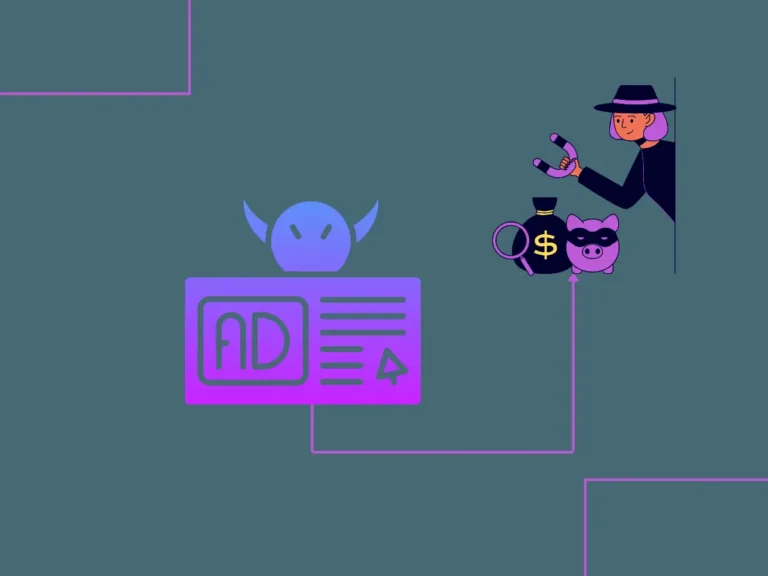
Have you ever clicked on a blog post, watched a helpful YouTube tutorial, or downloaded a free guide that actually solved your problem? That’s inbound marketing at work. Unlike traditional advertising that interrupts your day with commercials and cold calls, inbound marketing draws people to your business naturally by providing genuine value.
In today’s digital landscape, consumers are more informed and discerning about where they allocate their attention. They research products online, read reviews, and seek educational content before making purchasing decisions. Inbound marketing meets them exactly where they are in that journey, building trust and relationships that convert browsers into loyal customers. To see how this approach drives real results in online sales, explore our guide on eCommerce marketing strategies that actually work.
This comprehensive guide will walk you through everything you need to know about inbound marketing, from its core principles to actionable strategies that can transform how your business attracts and retains customers.

What is Inbound Marketing
Inbound marketing focuses on attracting customers by creating valuable, relevant content that addresses their needs and solves their problems. Instead of interrupting audiences with ads or cold calls, it draws them in through helpful, engaging, and educational content that builds trust and credibility. By being genuinely useful rather than salesy, brands naturally attract qualified leads who are already interested in what they offer.
At Techdella, we’ve seen how powerful this approach can be for startups and growing businesses. Our inbound marketing strategies combine SEO-optimized blogs, content planning, and conversion-focused messaging to help founders build authority, attract ideal customers, and turn engagement into growth.
Four Essential Stages of Inbound Marketing
To truly master inbound marketing, you need to understand its four fundamental stages. These stages form a complete customer journey that transforms strangers into promoters of your brand.

1. Attract
The first stage of inbound marketing focuses on attracting the right audience to your business, not just anyone. The goal is to bring in qualified visitors who are more likely to become leads and customers. You do this through channels like SEO, social media, content creation, and blogging, all aimed at answering the questions your ideal customers are already asking.
To attract effectively, you need to optimize your site for relevant keywords, create shareable social media posts, and publish valuable content consistently. Every blog post, guide, or social update should both serve your broader inbound strategy and provide real value on its own.
2. Engage
Once visitors land on your website, the next step is to engage them. This stage focuses on building relationships by offering solutions that match their needs and goals through touchpoints like email marketing, marketing automation, conversational marketing, and personalized content. The aim is to turn visitors into leads by providing valuable offers such as ebooks, webinars, demos, or exclusive content in exchange for their contact details.
Email nurturing is key to this process. By sending targeted content tailored to user behavior, you can guide prospects through their decision journey at their own pace. Techdella’s email marketing and automation services help businesses design smart campaigns that build trust and convert interest into action without coming across as pushy.
3. Delight
Customer delight doesn’t end after a purchase; it’s where true loyalty begins. Inbound marketing understands that happy customers become your best promoters through referrals, reviews, and repeat business. To achieve this, brands must go beyond the sale by offering exceptional support, educational content, loyalty programs, and personalized value that keep customers engaged and appreciated.
Social listening is also key to sustaining delight. By paying attention to what customers say online and responding thoughtfully, you show genuine care for their experience. This ongoing connection not only strengthens trust but also turns satisfied customers into loyal advocates who drive long-term business growth.
4. Convert
The conversion stage bridges attraction and engagement, turning interested visitors into qualified leads. This happens through strategic calls-to-action (CTAs), optimized landing pages, user-friendly forms, and compelling offers that address specific pain points.
Conversion optimization is both an art and a science. You need persuasive copy that speaks directly to your audience’s needs, but you also need to test different elements, headlines, button colors, form lengths, and page layouts to discover what drives the highest conversion rates.
Types of Inbound Marketing
Inbound marketing encompasses various tactics and channels, each serving a specific purpose in attracting and converting customers. Let’s explore the most effective types.
1. Content Marketing
Content marketing is the backbone of inbound marketing, using blogs, articles, ebooks, infographics, and guides to educate audiences, showcase expertise, and attract customers. Quality matters more than quantity, so focus on creating well-researched pillar content around your core topics, supported by related articles that deepen understanding and build trust.
2. Search Engine Optimization (SEO)
SEO makes your content discoverable by optimizing your website structure, keywords, backlinks, and user experience so people can actually find your content. Technical SEO, like page speed, mobile responsiveness, HTTPS, and clean site architecture, also impacts rankings. Techdella’s SEO services handle everything from on-page optimization to technical audits, helping startups boost organic visibility and attract qualified traffic without depending only on paid ads.
3. Social Media Marketing
Social media is a powerful tool for sharing content, engaging with your audience, and building a brand community. Each platform has its strength: LinkedIn for B2B insights, Instagram for visuals, Twitter for real-time chats, and Facebook for community growth. Consistency, authenticity, and genuine interaction turn social media into a two-way conversation that builds stronger relationships with your audience. For a closer look at how to craft a winning approach, check out this guide on social media marketing strategy for startups.

4. Video Marketing
Video content is now one of the most powerful ways to capture attention and share information. From tutorials and product demos to testimonials and behind-the-scenes clips, videos engage audiences more effectively than text. You don’t need a big budget either; authentic, consistent, and valuable videos like explainers or Q&A sessions can make a strong impact on your inbound marketing.
5. Email Marketing
Email marketing offers one of the highest ROIs in inbound marketing because it gives you direct access to people who’ve already shown interest in your brand. Unlike social media, it lets you nurture leads and stay top-of-mind through personalized, segmented messages tailored to each recipient’s behavior, interests, and stage in the buyer’s journey. If you’re looking to create impactful email campaigns that drive engagement and conversions, explore our email marketing services to see how Techdella can help you make the most of every send.
Real-World Inbound Marketing Examples
Understanding theory is important, but seeing inbound marketing in action makes the concepts concrete. Here are examples of successful inbound marketing strategies across different industries.
- HubSpot pioneered inbound marketing and practices what they preach. Their blog publishes comprehensive guides on marketing, sales, and customer service. They offer free tools like website graders and email signature generators that attract visitors while demonstrating their software’s capabilities. Their Academy provides free certifications that educate marketers while building brand loyalty.
- Glossier, the beauty brand, built its entire company on community-driven content and social engagement. They actively involve customers in product development, share user-generated content, and create blog posts addressing real skincare questions their audience asks. This approach transformed them from a blog into a billion-dollar beauty empire.
- Moz, the SEO software company, established authority through their Whiteboard Friday video series, comprehensive SEO guides, and free tools. By generously sharing knowledge, they attracted millions of marketers who eventually became customers when they needed SEO software solutions.
These companies all share a common approach: they give value first, build trust through consistent helpfulness, and let their expertise naturally lead people toward their paid offerings.
Step-by-Step Approach to Building Your Inbound Marketing Strategy
Creating an effective inbound marketing strategy requires planning, execution, and continuous optimization. Here’s how to build yours from the ground up.

1. Define Your Buyer Personas
You can’t attract the right audience without knowing who they are. Buyer personas are detailed, research-based profiles of your ideal customers that include their goals, challenges, pain points, and behaviors. By understanding what drives them, where they spend time online, and what influences their decisions, you can shape a more effective inbound marketing strategy.
2. Map the Buyer’s Journey
People don’t become customers overnight. They move through stages of awareness, consideration, and decision. To guide them effectively, create content that helps them recognize their problem, compare possible solutions, and confidently choose your product or service. Aligning content with each stage ensures you deliver the right message at the right time.
3. Create Valuable Content Consistently
In inbound marketing, consistency matters more than perfection. Publishing one quality blog post weekly is better than posting irregularly. Create a content calendar with clear topics and schedules, and stay committed. Focus on educating and helping your audience by answering questions and solving problems, which builds trust and positions you as a reliable expert rather than a salesperson.
4. Optimize for Search Engines
Creating great content is only half the battle; it must be discoverable. Use keyword research to identify what your audience searches for and naturally include those terms in your content, titles, and meta descriptions. Combine this with strong technical SEO, fast loading speed, mobile optimization, clear site structure, and quality backlinks. For startups focused on building products, partnering with experts like Techdella can boost organic growth while you focus on your core business.
5. Nurture Leads Through Email
Once someone becomes a lead, nurture the relationship with strategic email sequences that offer value and build trust. Welcome new subscribers with helpful resources, share targeted content based on their interests, and use marketing automation to send the right messages at the right time. Focus on providing consistent value rather than pushing for an immediate sale, and your leads will naturally convert when they see your brand as a trusted solution.
6. Measure, Analyze, and Optimize
Inbound marketing is an ongoing process that relies on data, not intuition. Track key metrics like traffic, conversions, email opens, and social engagement to see what works. Use analytics and A/B testing to refine headlines, CTAs, and content formats, focusing on what performs best. Continuous optimization is what makes inbound marketing truly effective.
Taking Your Inbound Marketing to the Next Level
Now that you understand what inbound marketing is and how it works, the next step is to take action. Begin by auditing your current marketing efforts to see what’s working, where the gaps are, and how you can offer more value to your audience.
Remember, inbound marketing success depends on both strategy and consistent execution. Many businesses struggle not from lack of knowledge, but from lack of time and focus. If you’re a founder juggling product development, fundraising, and team building, managing content marketing and SEO can be overwhelming. That’s where Techdella comes in, serving as your full-stack growth partner so you can focus on building your product while we handle your inbound marketing strategy.
Frequently Asked Questions About Inbound Marketing
How long does it take to see results from inbound marketing?
Inbound marketing is a long-term strategy that delivers meaningful results in about 3–6 months and keeps growing over time. Unlike paid ads that stop once you stop spending, it builds lasting assets that attract customers continuously. Early gains often come from social media and email, while SEO and content drive steady growth.
What’s the difference between inbound and outbound marketing?
Outbound marketing interrupts audiences with ads, cold calls, or commercials, while inbound marketing attracts them through helpful content that solves their problems. Outbound focuses on finding customers, but inbound focuses on being discovered by people already searching for what you offer.
How much should I budget for inbound marketing?
Inbound marketing budgets depend on your business size, goals, and whether you manage it in-house or hire an agency. Startups often invest $2,000–$5,000 monthly for tools, content, and basic SEO. As they grow, budgets usually rise to $10,000–$25,000+ for full-scale strategies with automation, content, and link-building.
Conclusion
Inbound marketing helps you grow your business naturally by attracting customers through valuable content and authentic connections. While these strategies work, applying them consistently takes time, skill, and focus that many business owners simply don’t have.
That’s where Techdella comes in. We help startups and growing businesses build full inbound marketing systems that actually drive results, from SEO and content to email automation and conversion optimization. Stop relying on outdated tactics. Book your discovery call with Techdella today, and let’s craft a strategy that attracts, engages, and converts your ideal customers.




